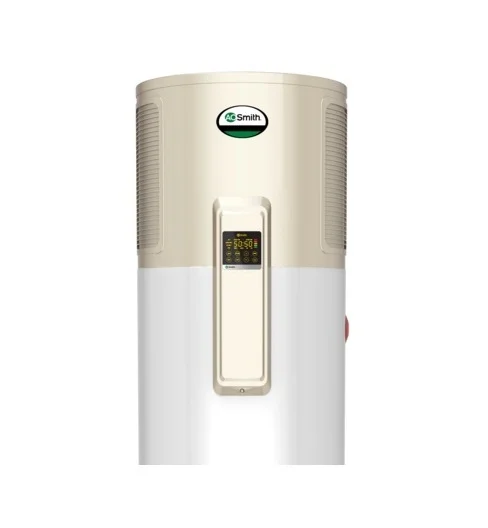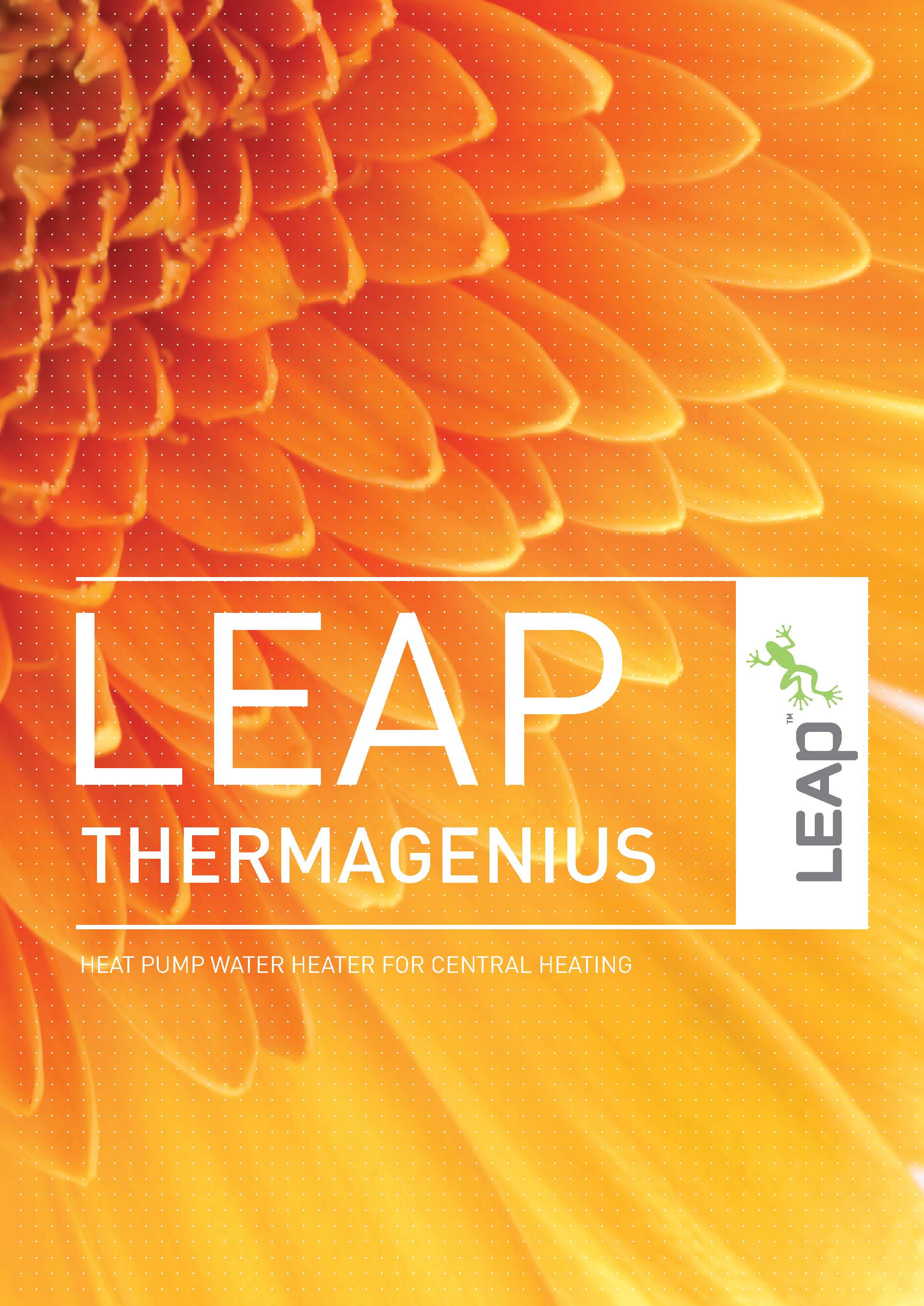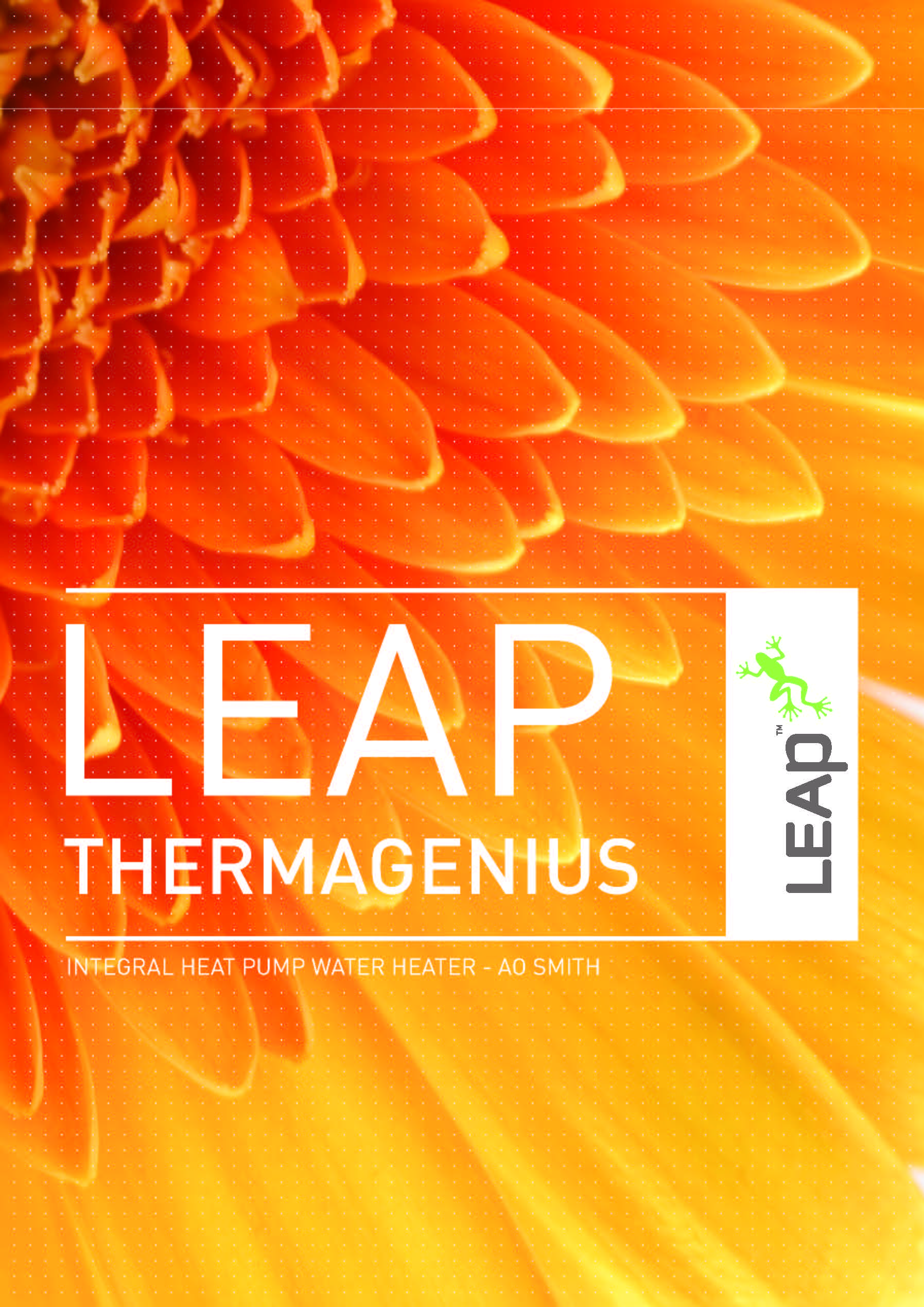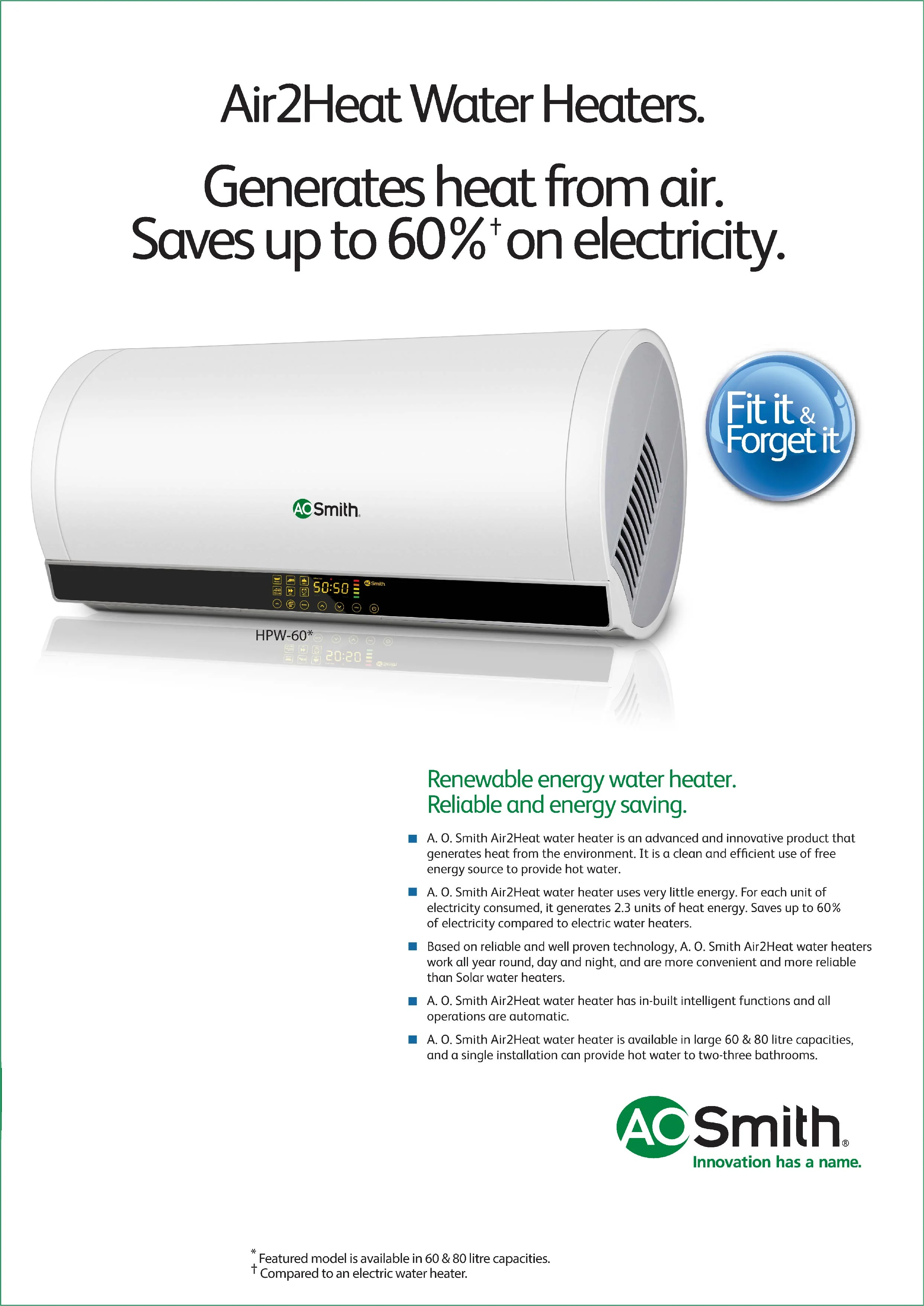HOT WATER HEAT PUMPS
Air Source Heat Pumps extract renewable energy stored in the surrounding air to transfer energy in the form of heat from a cooler location to a warmer location.
In this instance, it takes heat from the air and transfers it to water stored in your hot water cylinder.
It is similar to a refrigerator working in reverse and uses the refrigeration process to transfer low temperature energy to a refrigeration loop, compresses the refrigerant to a high temperature, and transfers this heat to the hot water and heating distribution system.
FEATURES AND BENEFITS OF HEAT PUMP WATER HEATERS
Heat Pumps draw approximately 1/3 to 1/4 of the electricity of standard electrical hot water elements for the same amount of heating, reducing utility bills and greenhouse gas emissions accordingly. Heat pumps are more efficient than oil, gas, and electric resistance heating in climates such as New Zealand or Australia.
Some heat pumps can lose efficiency if they’re installed in a region with temperatures typically lower than 5ºC. This is because winter frost builds up on the outdoor heat exchanger coils, which prevents the unit from heating water efficiently.
LEAP Heat Pumps uses a highly efficient active de-icing method to stop this from occurring. An added benefit is that this method uses approximately 60% less energy than traditional de-icing systems.
Multiple sensors and switches have been incorporated into our heat pumps to ensure the unit isn’t damaged in the unlikely event of a malfunction. Such devices include compressor time delay protection (which ensures motor temperatures are correct during start phase), sensor fault protection for water, evaporator and ambient air temperatures and water flow protection to ensure adequate flow.
Our heat pumps come with intelligent controllers allowing users to manage operation of their system including timers for “on and/or off" functions, and features to integrate with other devices such as solar PV or backup electricity.
TYPES oF hOT WATER HEATPUMPS
AO SMITH HEATPUMP WATER HEATER FOR DOMESTIC HOT WATER
AO SMITH COMPACT HEATPUMP WATER HEATER FOR DOMESTIC HOT WATER






